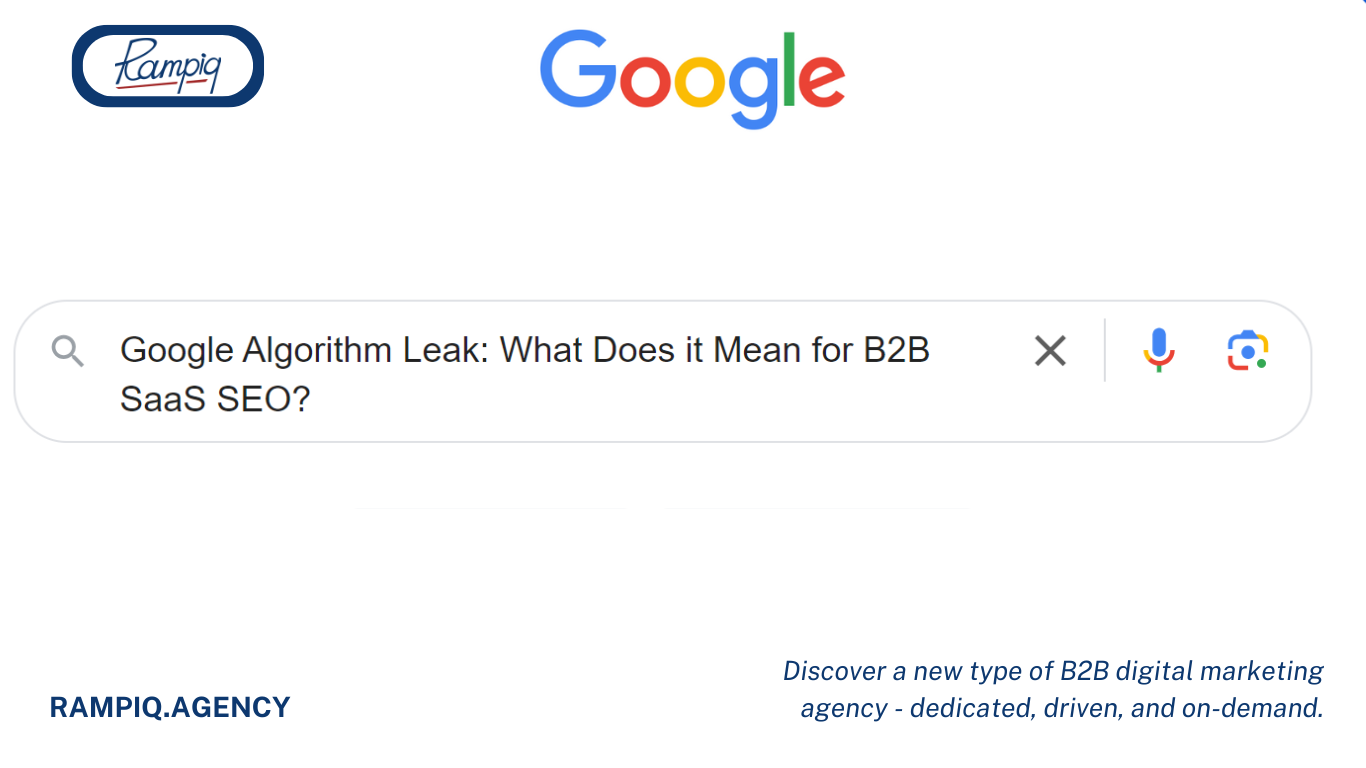3 Winning Content Recycling Tactics
1. Focus on content that describes Jobs-to-be-Done and add an update (Upgraded / Improved / New way to address the problem)
Jobs-to-be-Done (JTBD) is a framework for understanding and analyzing customer needs and behaviors. It focuses on the progress that customers are trying to make in their lives and the problems they are trying to solve, rather than the products or services they use.
By focusing on JTBD, you can create content that addresses the underlying needs and motivations of your target audience, rather than simply promoting your own products or services.
To refresh an old blog post with this tactic, you could identify the JTBD that the post is addressing and then add an update that provides new or improved ways to address the problem.
This could involve highlighting new features or functionality of your product, sharing success stories or case studies, or providing updated best practices or tips.
By adding value to your readers and demonstrating your expertise in solving their problems, you can increase the relevance and credibility of your content.
2. Add an FAQ section to an old article and mark it up with Schema.org FAQ tags
An FAQ (Frequently Asked Questions) section is a useful tool for providing quick answers to common questions about a particular topic. By adding an FAQ section to an old article, you can provide additional value to your readers and improve the overall user experience of your blog.
To maximize the impact of your FAQ section, you can use Schema.org FAQ tags to mark up the section. Schema.org is a collection of standardized tags that can be added to web pages to provide additional context and meaning to search engines.
By using these tags, you can help search engines understand the content and structure of your FAQ section, which can increase the chances of your article appearing in Featured Snippets and other special search features.
3. Add an expert comment to an existing post and link it to the author’s page
Incorporating expert comments or insights into your blog posts can help to increase the credibility and authority of your content. By linking to the author’s page, you can provide additional context and background information about the expert, as well as give readers the opportunity to learn more about their work.
This tactic can also send a strong E-EAT (Experience Expertise, Authoritativeness, Trustworthiness) signal to search engines. EAT is a ranking factor used by Google to evaluate the quality and trustworthiness of a website. By demonstrating that your content is written by experts in their field and linking to their pages, you can increase the EAT of your site and potentially improve your search rankings.
To implement this tactic, you could reach out to experts in your industry and ask if they would be willing to contribute their thoughts or insights to one of your blog posts. You can then include their comments in the post and link to their page, providing a valuable resource for your readers and strengthening the E-EAT of your site.
Content recycling can be a powerful and cost-effective way to keep your SaaS company blog active and engaging. By focusing on Jobs-to-be-Done, adding an FAQ section with Schema.org tags, and incorporating expert comments, you can add value and credibility to your existing content, while also providing new and useful information for your readers.
By implementing these tactics, you can effectively reuse and repurpose your old content, saving time and resources while still delivering high-quality content to your audience.







